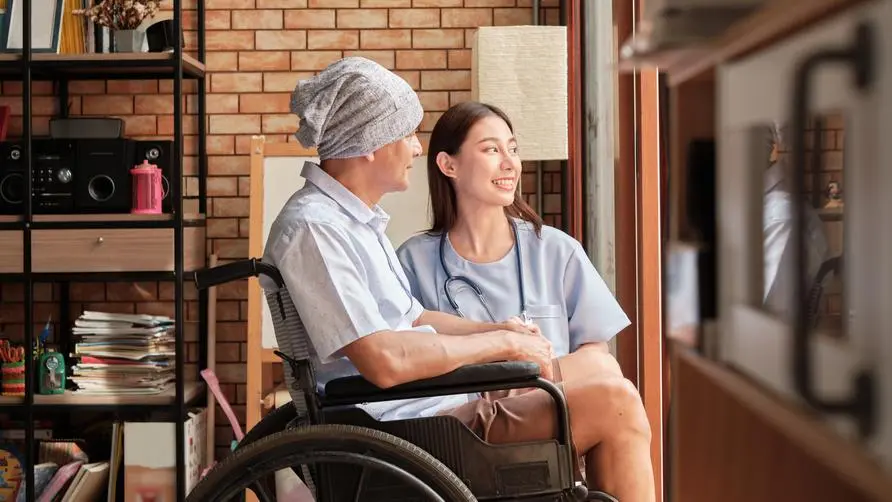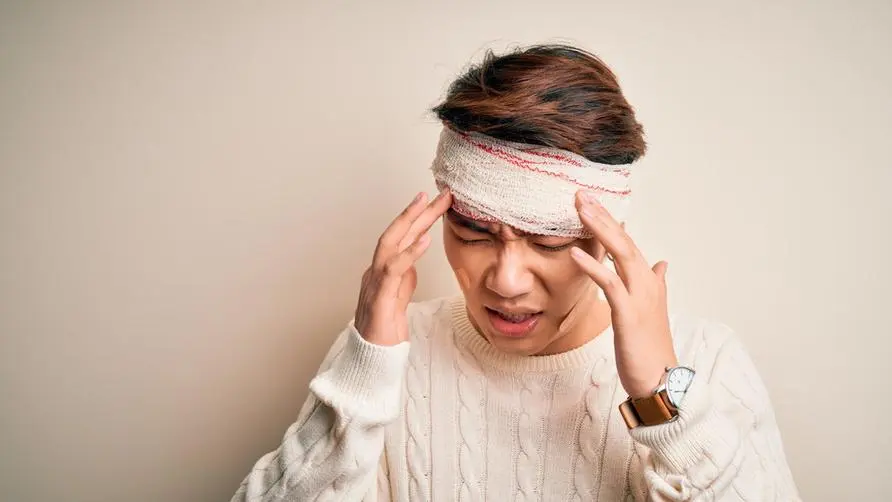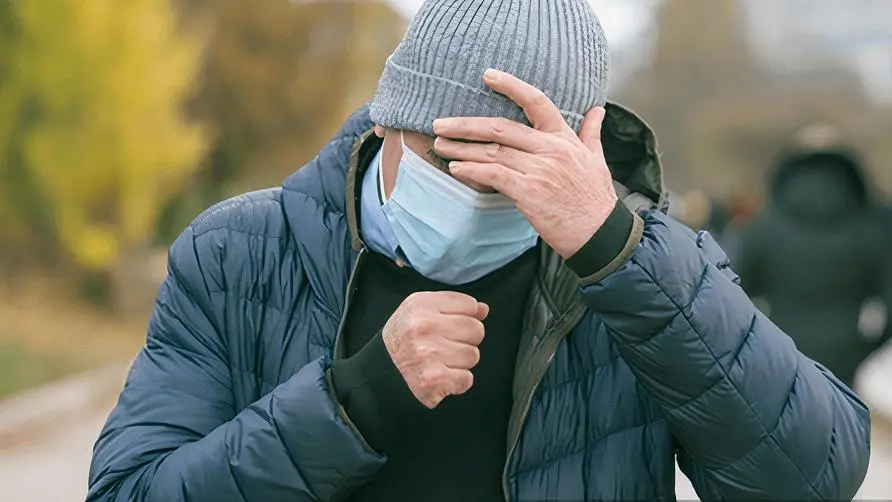Natto "cerebral hemorrhage" sent to hospital! Someone suffers a stroke every 17 minutes. Doctors: Don't ignore 6 signs of "stroke-like" symptoms

Every 17 minutes, one person has a stroke and suffers from a “stroke-like” 6 warning signs, don’t ignore them
Well-known artist Natto sought emergency medical treatment for “cerebral hemorrhage”, which aroused concern and shock from all walks of life. Ye Shoucheng, the 12th chairman of the Taiwan Stroke Society and a neurologist at the Cheng Ching Hospital Chung Kang Branch, said that according to the situation described in the news, Natto’s symptoms mainly manifested as “stroke”. Clinical studies have found that up to 80% of patients suffer from ischemic stroke, while the other 20% suffer from “hemorrhagic stroke”, which is brain damage caused by the rupture of blood vessels supplying blood to the brain.
Dr. Ye Shouzheng said that according to statistics, one person in Taiwan suffers from a stroke every seventeen minutes. The main cause is mostly the rupture of blood vessels in the brain or obstruction of blood flow, causing brain hypoxia, ischemia and neurological defects, prompting temporary or Permanent brain function abnormalities.
The treatment of stroke patients tends to prioritize the protection of unaffected brain cells, avoid necrosis, and actively prevent the next stroke. If there are mild or stroke-like signs, such as sudden onset of headache, dizziness, nausea, blurred vision, unsteady gait, numbness and weakness in hands and feet, etc., do not take it lightly.
If you are diagnosed with a stroke, please remember the “Tips to stay calm in the face of crisis”. The 3 major risks must be checked regularly.
To disarm the “stroke” time bomb, keep in mind the four words “prompt, slight, not, and chaotic”. These are the four important tips specially given by Dr. Ye Shouzheng to evaluate cerebral stroke: “temporary” When the hands and feet are soft: ask the patient to raise his hands flat. Observe whether one of the hands is weak and hangs down or cannot be raised; it is also difficult to smile: ask the patient to smile or observe the patient’s facial expressions to see if the facial expressions on both sides are symmetrical; the speech is “unclear”: ask the patient to read a sentence Check whether the words and observations are clear and complete; don’t be “chaotic” and seek medical attention immediately: When any of the above symptoms occur, clearly note the time of onset and call 119 immediately to seek medical emergency treatment.
Dr. Ye Shouzheng calls on the public to have regular preventive cerebrovascular examinations. Brain MRI, carotid artery ultrasound, or computed tomography cerebrovascular photography can be used to assess whether there is a potential risk of stroke. In addition to regular health check-ups, those who are obese, addicted to tobacco and alcohol, or have heart disease are high-risk groups and need to pay more attention to cardiovascular health. Especially people over the age of 40 who have a family history of stroke must control their blood pressure, blood sugar, and blood lipids in their daily lives, in order to eliminate the time bomb of “stroke.”
Further reading:





